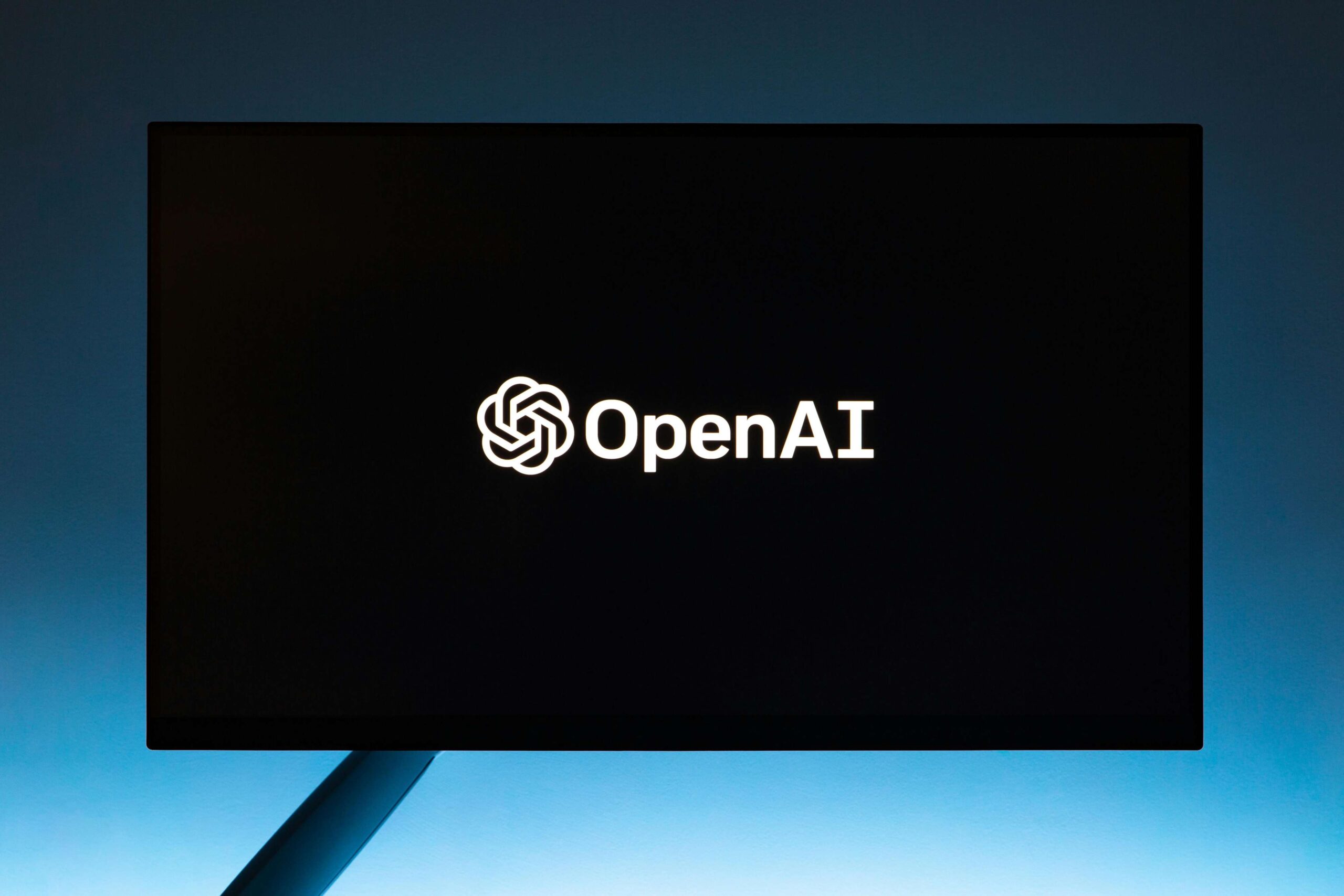The world of art, for centuries a domain reserved for human imagination and skill, is now experiencing a profound transformation. The rise of Artificial Intelligence is not just a technological advancement; it is a creative revolution that is changing how we create, consume, and even define art. From digital painting to music composition, AI tools are no longer just an aid for artists; they are becoming collaborators, pushing the boundaries of what is possible and raising new questions about the nature of creativity itself.
This guide will explore the various ways in which AI is reshaping the artistic landscape, from generative art and music to the ethical debates surrounding AI-created works.
1. The Rise of Generative Art: From Text to Image
The most visible impact of AI on art has been in the field of generative art. Platforms powered by models like DALL-E, Midjourney, and Stable Diffusion can create unique and stunning images from simple text prompts.
- How It Works: These AI models are trained on billions of images and their corresponding text descriptions. When you provide a text prompt, such as “a medieval knight riding a cyberpunk horse in a futuristic city,” the AI uses its knowledge to generate an image that matches your description. The process is almost instantaneous and allows anyone, regardless of artistic skill, to create visually complex scenes.
- Impact on Artists: For professional artists, these tools are not a replacement but a powerful resource. They can be used for brainstorming, creating concept art, or generating a wide variety of styles and backgrounds in a fraction of the time it would take to do by hand. AI-generated images can serve as a starting point, which artists can then refine and add a personal touch to.
2. AI in Music and Sound Design
AI’s influence extends beyond visual art into the auditory world. AI-powered tools are helping musicians and sound designers create new compositions and effects.
- Algorithmic Composition: AI can be trained on classical music, jazz, or pop to create original compositions in a specific style. Tools are now available that can generate background music for videos, video games, and commercials, allowing creators to produce high-quality audio without needing to hire a composer.
- Sound Design and Production: AI can be used to automatically clean up audio recordings, remove background noise, or even mix and master tracks. This can make the production process faster and more accessible to independent artists with limited budgets.
3. The Ethical and Philosophical Debate
The integration of AI into art raises some fundamental questions that the creative world is still grappling with.
- What is Creativity? If an AI can create a stunning piece of art, who is the real artist? Is it the person who wrote the text prompt, the engineers who built the AI, or the AI itself? This blurs the traditional line between the creator and the tool.
- Copyright and Ownership: The images AI models are trained on come from the internet. The legal debate over whether using these images without permission is a copyright violation is ongoing. This issue is forcing us to rethink copyright law in the age of AI.
- The Future of the Artist: Some fear that AI will devalue human creativity, but many artists see it as a new medium. Just as photography didn’t end painting, AI-generated art will likely not replace human artists. Instead, it will create a new category of art and a new way of collaborating with technology.
Conclusion: A New Era of Collaboration
AI is not an enemy of creativity; it is an evolution. It offers artists powerful new tools, breaks down barriers for beginners, and opens up new possibilities for what art can be. The future of creativity will likely be a partnership between human intuition and artificial intelligence, a collaboration that is both exciting and challenging. The artists who will thrive in this new era will be those who embrace these tools and learn to harness their power to create something truly new and original.
